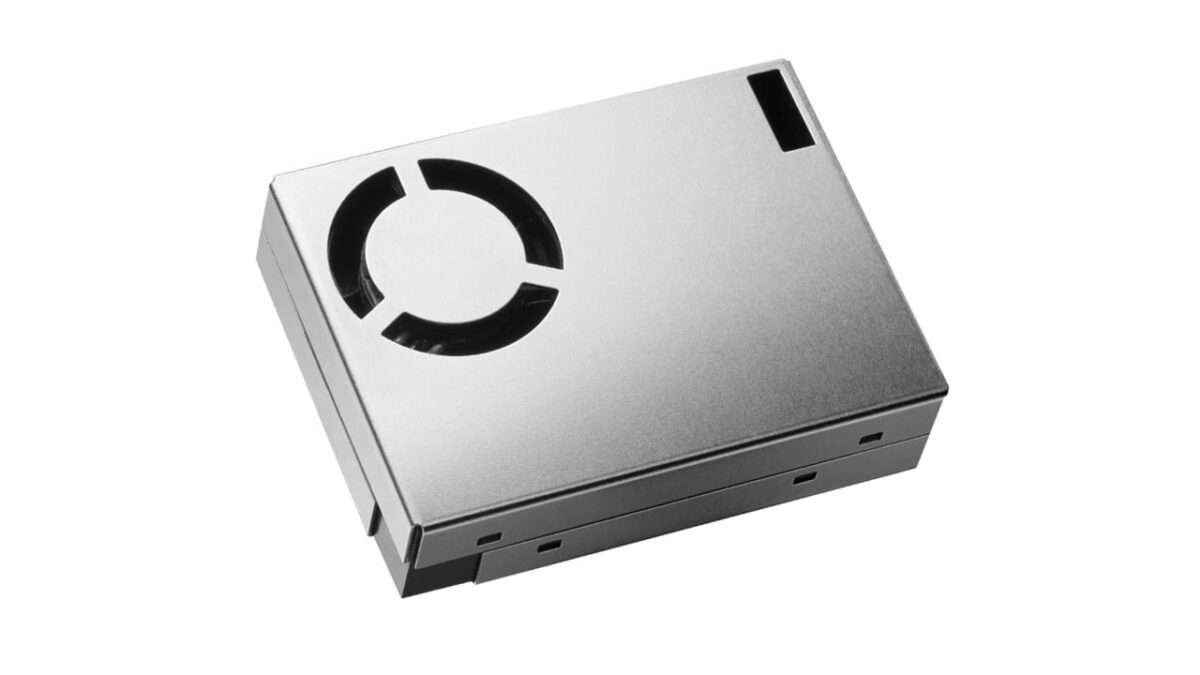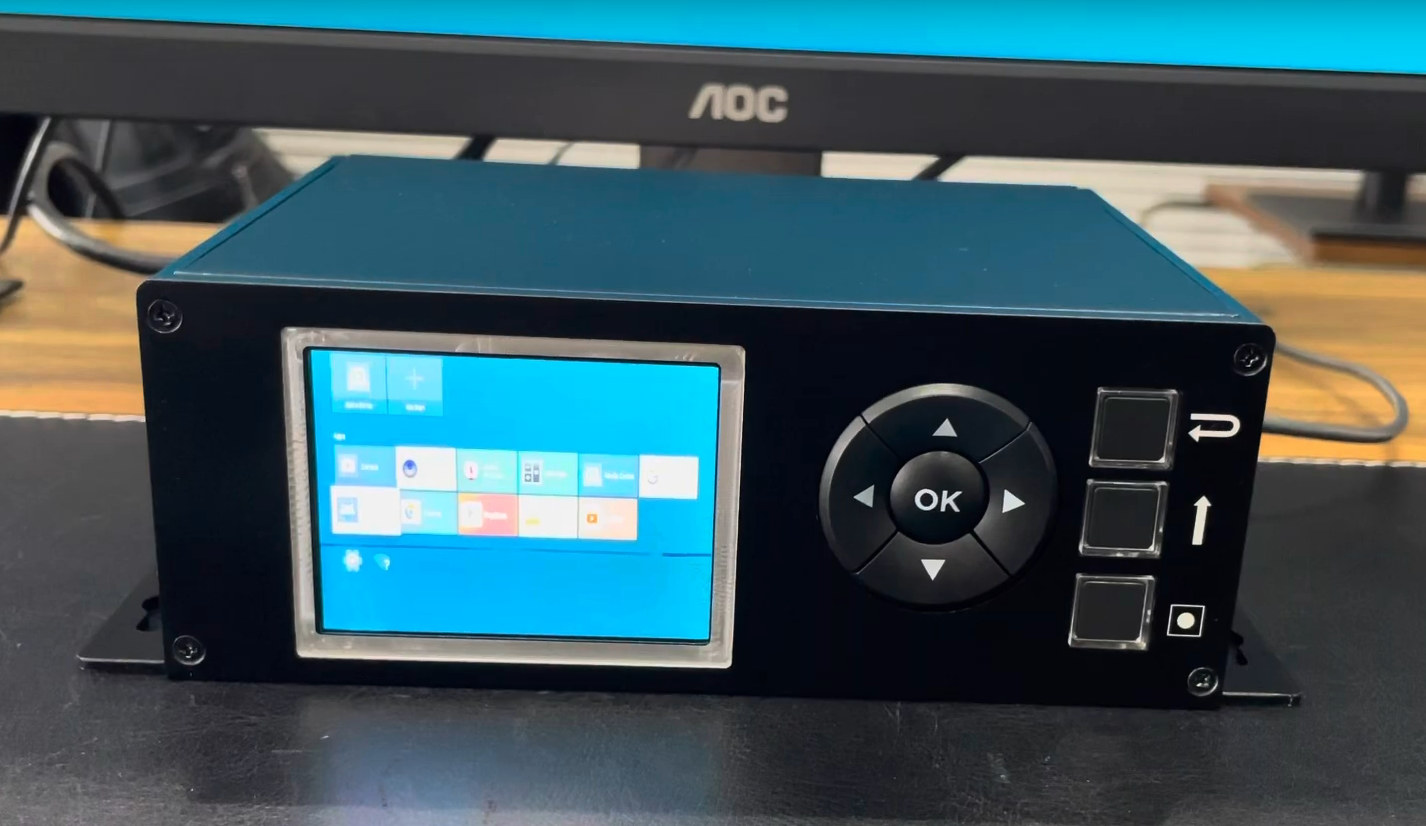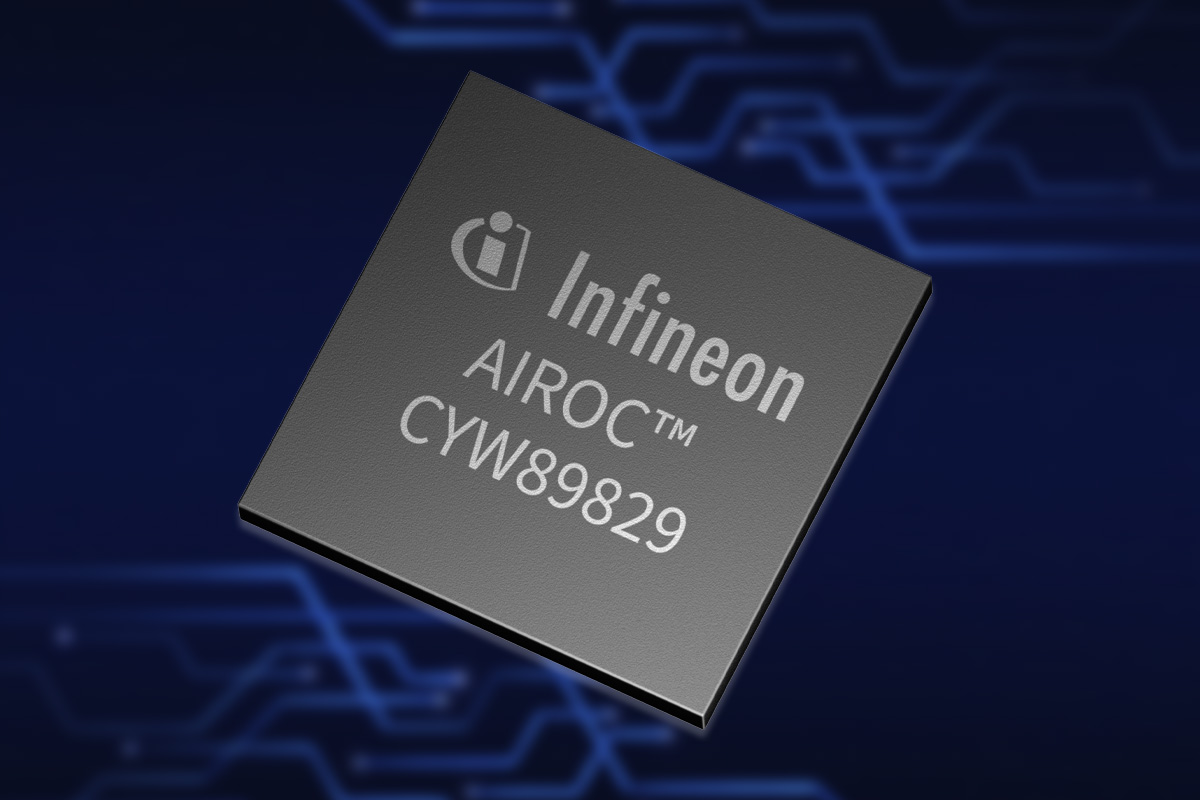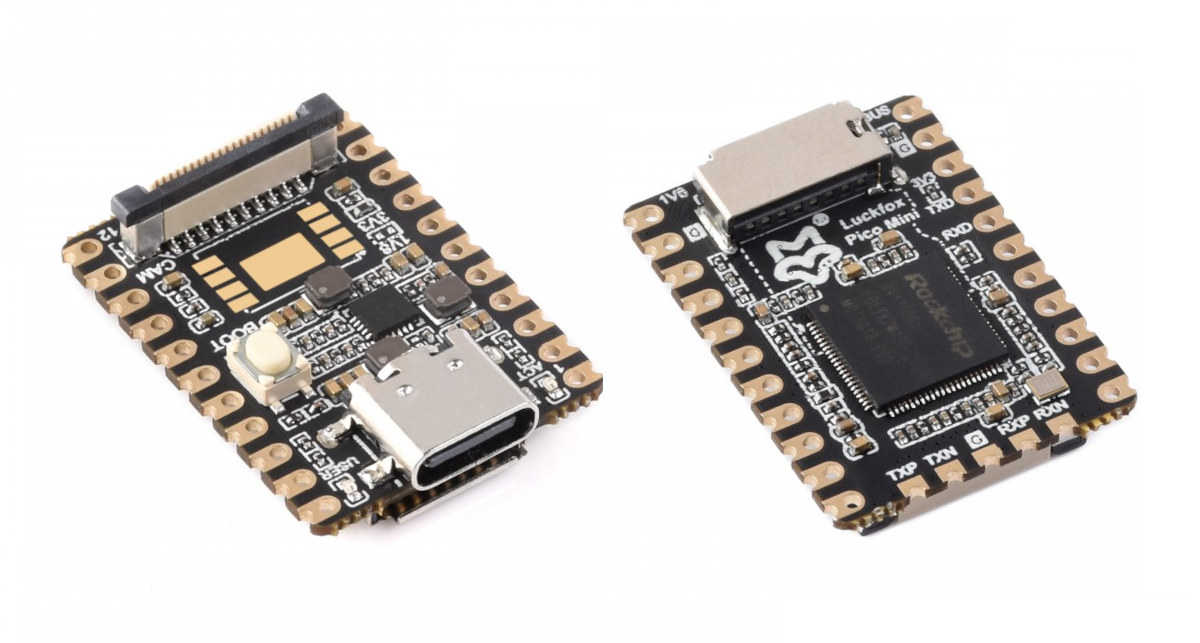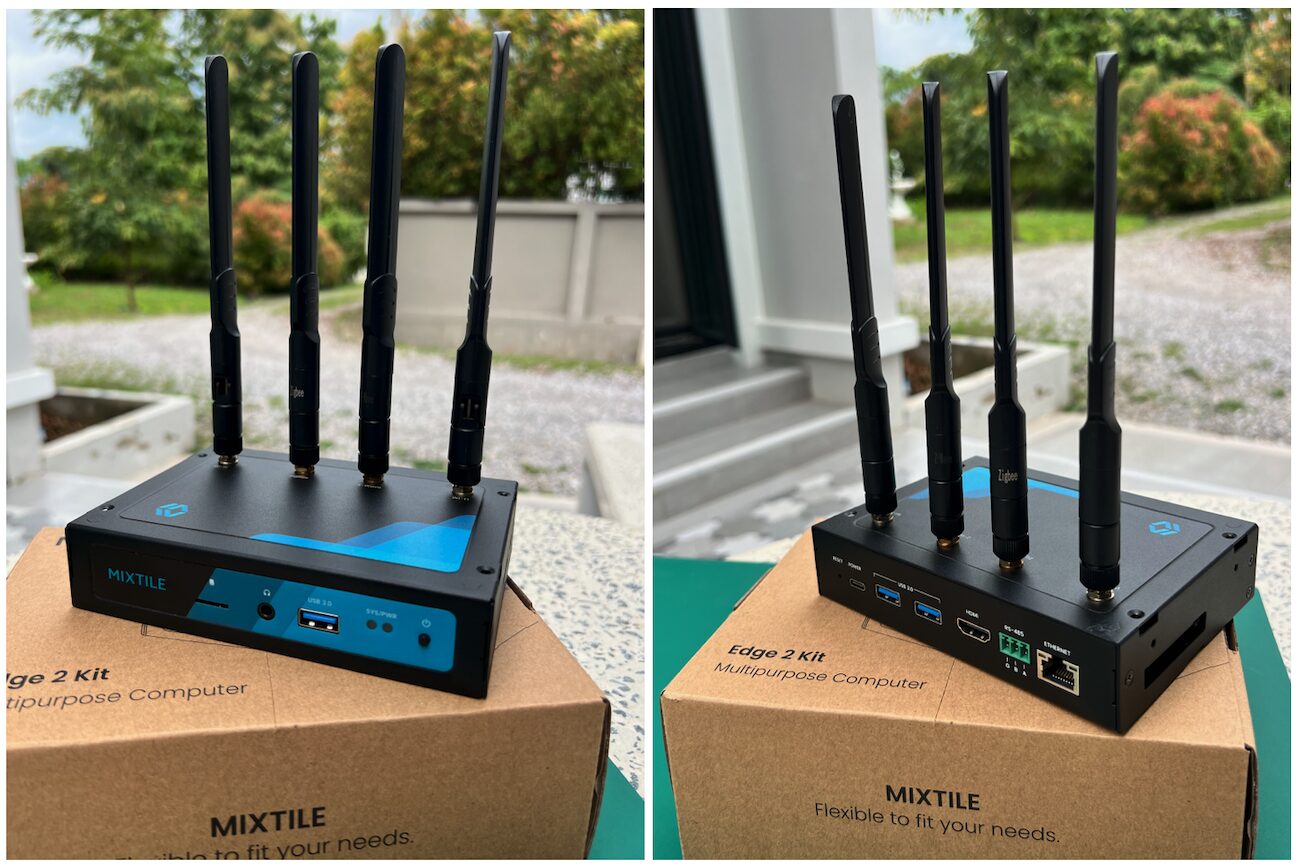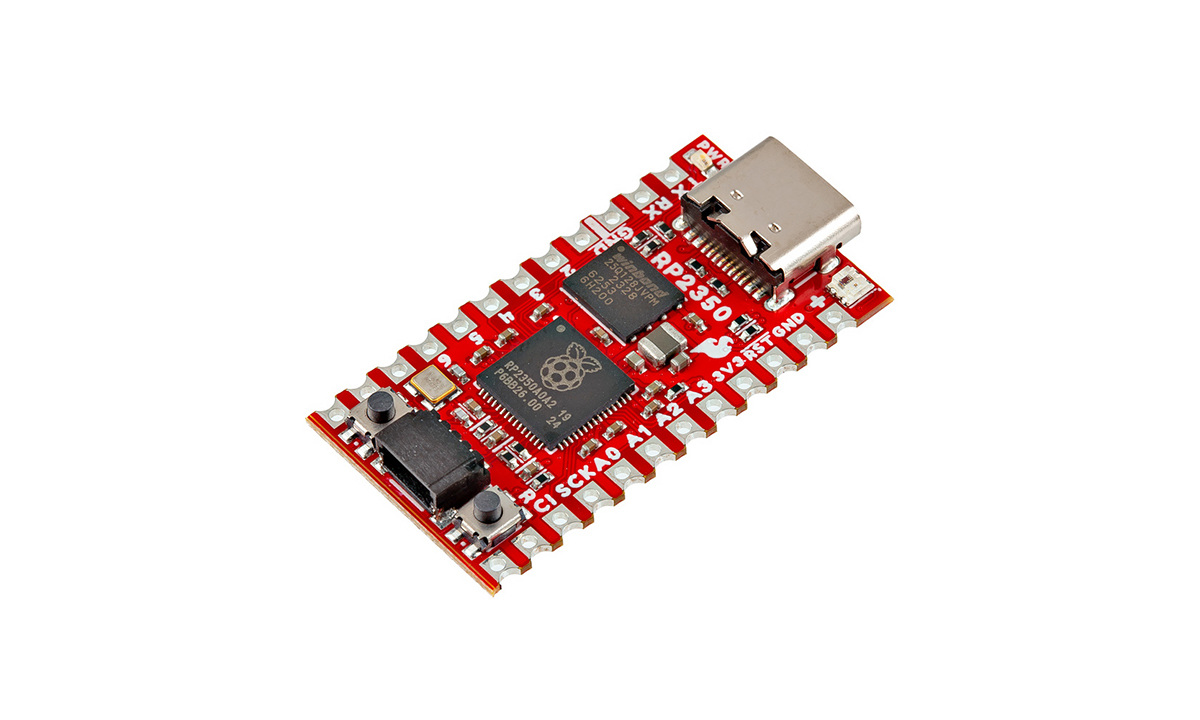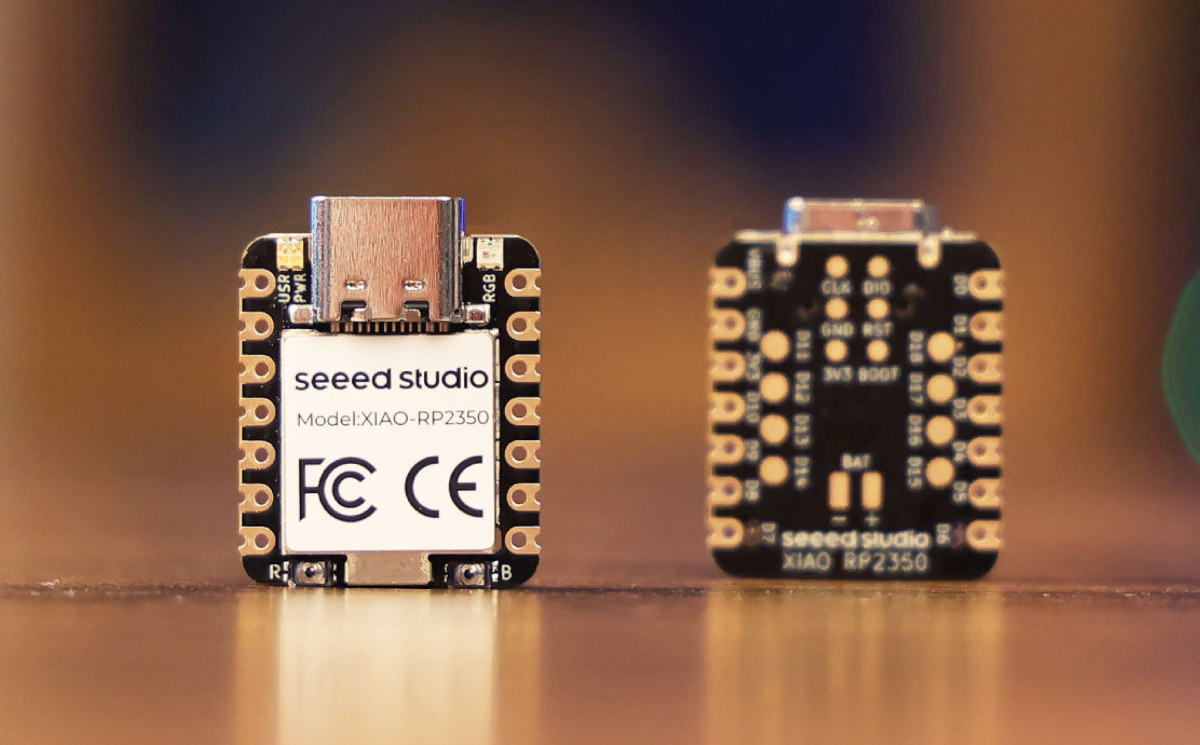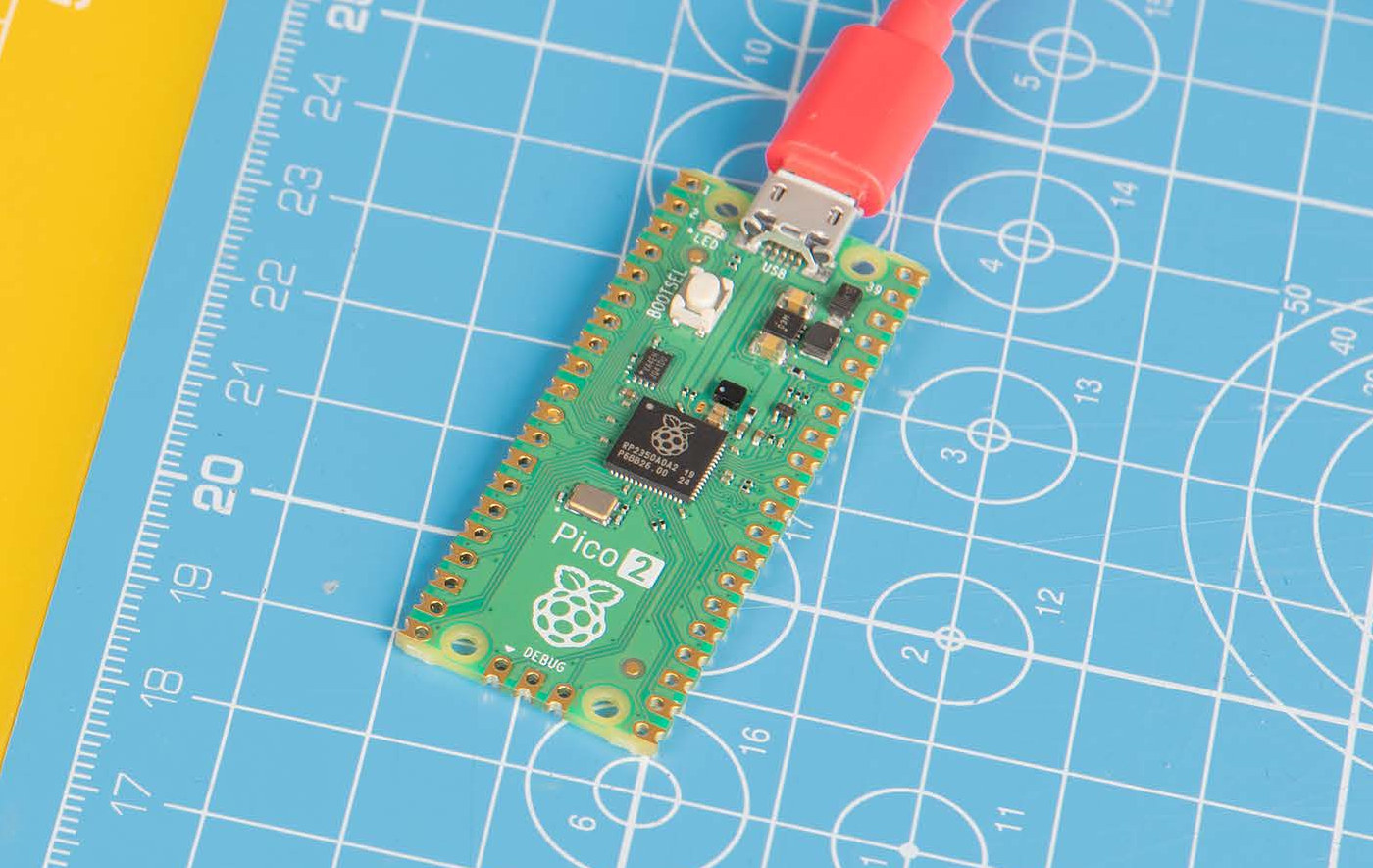Renesas Electronics has introduced the RRH62000, a compact multi-sensor module for indoor air quality monitoring. It integrates particle detection, VOC, and gas sensing with an onboard Renesas MCU for sensor management. The module is designed for use in air purifiers, smoke detectors, HVAC systems, weather stations, and smart home devices. The RRH62000 is an integrated sensor module that measures key air quality parameters, including particulate matter (PM1, PM2.5, PM10), total volatile organic compounds (TVOC), Indoor Air Quality Index (IAQ), estimated carbon dioxide (eCO2), temperature (T), and relative humidity (RH). These measurements are combined into a single package, with digital outputs available for each sensor, enabling simultaneous measurement. The module features a six-pin connector for easy plug-and-play integration. The RRH62000 is available with the RRH62000-EVK evaluation kit, which simplifies the testing of the integrated sensor module. The module measures critical air quality parameters and connects to a Windows PC via USB. […]
Mekotronics R58-4×4 3S Arm PC and digital signage player features 3-inch display, 8K HDMI output, 4x HDMI inputs
Mekotronics R58-4×4 3S is another Rockchip RK3588-based Arm PC and digital signage player from the company with unusual features such as a 3-inch display on the front panel as well as four HDMI inputs supporting up to 4Kp60 sources. The embedded PC features up to 16GB RAM and 128GB eMMC flash, an M.2 PCIe socket for NVMe storage, an 8Kp60-capable HDMI 2.1 video output port, gigabit Ethernet and WiFi 6 connectivity, a mini PCIe socket and NanoSIM card slot for a 4G LTE/GPS module, and more. Mekotronics R58-4×4 3S specifications: SoC – Rockchip RK3588 octa-core processor with CPU – 4x CortexA76 cores @ up to 2.4 GHz, 4x CortexA55 core @ 1.8 GHz GPU – Arm Mali-G610 MP4 GPU with support for OpenGL ES 1.1/2.0/3.2, OpenCL 2.2, Vulkan 1.2 Video decoder – 8Kp60 H.265, VP9, AVS2, 8Kp30 H.264 AVC/MVC, 4Kp60 AV1, 1080p60 MPEG-2/-1, VC-1, VP8 Video encoder – 8Kp30 H.265/H.264 […]
Infineon AIROC CYW20829 Bluetooth LE 5.4 MCU and module family targets industrial, consumer, and automotive applications
Infineon has recently released the AIROC CYW20829 Bluetooth LE (Low Energy) 5.4 family which now includes SoCs and modules. These SoCs include two Cortex-M33 MCU cores: one 48 or 96 MHz application core for the peripherals, security, and system resources, and one communication core for the 2.4 GHz RF transceiver with up to 10 dBm transmit power and -98 dBm receive sensitivity. This high integration reduces bill-of-material (BOM) costs for a wide variety of applications, including PC accessories, low-energy audio, wearables, solar micro inverters, asset trackers, home automation, and others. Back in 2021, we saw Infineon release the AIROC CYW5557x family of Wi-Fi 6/6E SoCs for IoT and streaming devices with features like enhanced range and improved network efficiency. More recently, Infineon announced the PSOC Edge E81, E83, and E84 MCU based on Cortex-M55/M33 microcontrollers. Feel free to check those out if you are looking for Infineon-specific MCUs. Infineon AIROC […]
Luckfox Pico Mini – A tiny Arm Linux camera board based on Rockchip RV1103 SoC with 64MB on-chip RAM
Luckfox Pico Mini is a tiny (28 x 21 mm) board based on the Rockchip RV1103 Cortex-A7 camera SoC with a built-in 0.5 TOPS NPU, 64MB on-chip DDR2 RAM, USB-C port for power and data, two rows of headers with up to seventeen GPIOs, and five castellated holes for Ethernet. Two versions are offered: the Pico Mini A with a microSD card slot or the Pico Mini B with an extra 128MB SPI NAND flash. Both boards are a shorter version of the Luckfox Pico with similar features but additional GPIOs and the Luckfox Pico Plus model also adds an RJ45 Ethernet port. Luckfox Pico Mini A and B specifications: SoC – Rockchip RV1103 SoC CPU – Arm Cortex-A7 processor @ 1.2GHz + RISC-V core Memory – 64MB DDR2 NPU – 0.5 TOPS NPU with support for INT4, INT8, and INT16 ISP – 4M @ 30 fps ISP Storage MicroSD […]
Mixtile Edge 2 Kit review with Home Assistant, 2-in-1 Zigbee & Z-Wave mPCIe module
We received the Edge 2 Kit IoT gateway on the Rockchip RK3568-powered Edge2 single board computer (SBC) and a 2-in-1 Zigbee and Z-Wave mPCIe card from Mixtile which we will be reviewing from the perspective of smart home applications using Home Assistant open-source home automation framework. Let’s dive into the details. Unboxing Mixtile Edge 2 Kit CNX Software previously reported on the Mixtile Edge 2 Kit in 2022 and you can check the detailed specifications and block diagram in that earlier article. Since then, Mixtile has found a wider range of applications for the device and is also promoting it as an Edge AI Box that performs AI object detection using the Edge 2 Kit (or the more powerful Mixtile Blade 3) using the built-in NPU (Neural Processing Unit) with up to 1 TOPS of AI performance for tasks such as object detection. Let’s unbox it and take a closer […]
SparkFun Pro Micro – RP2350 development board comes with 16MB flash, 8MB PSRAM
The SparkFun Pro Micro – RP2350 is a compact and powerful development board built around the RP2350 chip from Raspberry Pi and equipped with 16MB flash and 8MB PSRAM. It follows the updated Pro Micro design and includes a USB-C connector, Qwiic connector, WS2812B RGB LED, Boot and Reset buttons, resettable PTC fuse, and both PTH and castellated solder pads. Last week, besides the Raspberry Pi Pico 2, we wrote about more boards with the Raspberry Pi RP2350, like the XIAO RP2350, Solder Party’s RP2350 Stamp, and Cytron MOTION 2350 Pro. Feel free to check them out if you are interested in these boards. SparkFun Pro Micro – RP2350 specification Microcontroller – Raspberry Pi RP2350A MCU CPU Dual-core Arm Cortex-M33 @150MHz with Arm Trustzone for secure boot Dual-core 32-bit Hazard3 RISC-V @ 150MHz Up to two cores can be used at the same time Memory – 520 KB on-chip SRAM […]
XIAO RP2350 is a tiny USB-C board based on Raspberry Pi RP2350 MCU
The XIAO RP2350 is an upgrade to Seeed Studio’s XIAO RP2040 board with a more powerful Raspberry Pi RP2350 dual-core Cortex-M33 or dual-core RISC-V microcontroller found in the just-launched Raspberry Pi Pico 2 board. The new Raspberry Pi RP2350 USB-C board has the same form factor but adds eight more GPIOs on the bottom with pads for a total of 19 GPIOs, and we lose two LEDs for serial port connectivity. Most people will still be fine with the XIAO RP2040, but if you need a more powerful microcontroller, extra memory, a few extra GPIOs, and built-in security, then the XIAO RP2350 will be an improvement. XIAO RP2350 specifications: Microcontroller – Raspberry Pi RP2350 MCU CPU – Dual-core Arm Cortex-M33 processor @ 150MHz (Note: again RISC-V is not mentioned at all by Seeed Studio, like for the Cytron MOTION 2350 Pro board) Memory – 520KB internal RAM 8KB OTP Storage […]
$5 Raspberry Pi Pico 2 launched with Raspberry Pi RP2350 dual-core RISC-V or Arm Cortex-M33 microcontroller
The Raspberry Pi Pico 2 is an MCU development board based on the new Raspberry Pi RP2350 dual-core RISC-V or dual-core Cortex-M33 microcontroller with 520 KB on-chip SRAM, a 4MB flash, a micro USB port for power and programming and the same GPIO headers as the Raspberry Pi Pico board with an RP2040 dual-core Cortex-M0+ microcontroller with 264KB SRAM. The RP2350 embeds both an open-source Hazard3 RISC-V dual-core CPU and a dual-core Cortex-M33, but only one cluster can be used at a given time. Apart from the faster MCU cores and higher SRAM capacity, the RP2350 is about the same as the RP2040, albeit it also adds one extra PIO block bringing the total to three. One important new feature is built-in security when using Arm Cortex-M33 cores with Trustzone and other security features. Raspberry Pi RP2350 microcontroller Let’s have a closer look at the RP2350 microcontroller, before checking out […]


